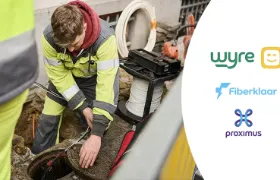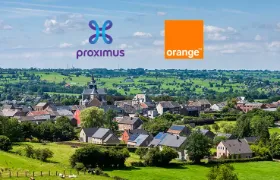Current progress
Every 14 seconds we connect one home or business to Fiber.
Today, we are deploying fiber in over 175 Belgian cities.
Over 2.4 million homes or businesses are connectable.
We welcome other operators and offer our open network today to over 45 fiber wholesale partners.
Faster, wider, and more cost-efficient with our partners
By collaborating with investment partners, we can get more done in a cost-efficient way. These collaborations bring Proximus another step closer to its ultimate objective, creating an open, future-proof network that connects every home and business in Belgium to high or very high-speed connectivity solutions.
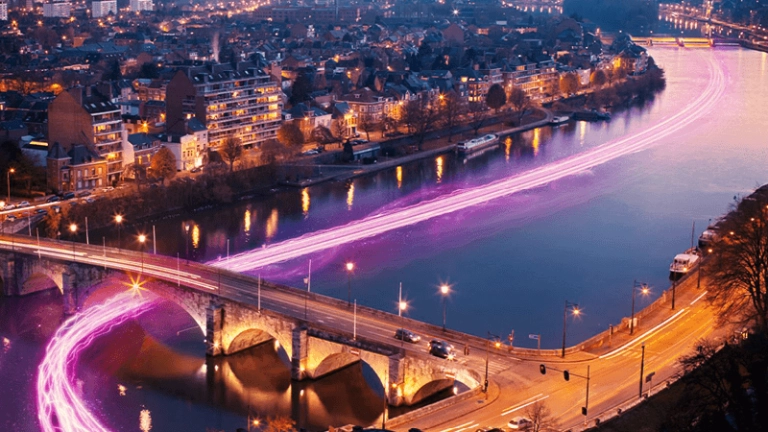
Wallonia
We partner with Unifiber in Wallonia.
The aim of this JV is to connect 600,000 homes and businesses in Wallonia by 2028.
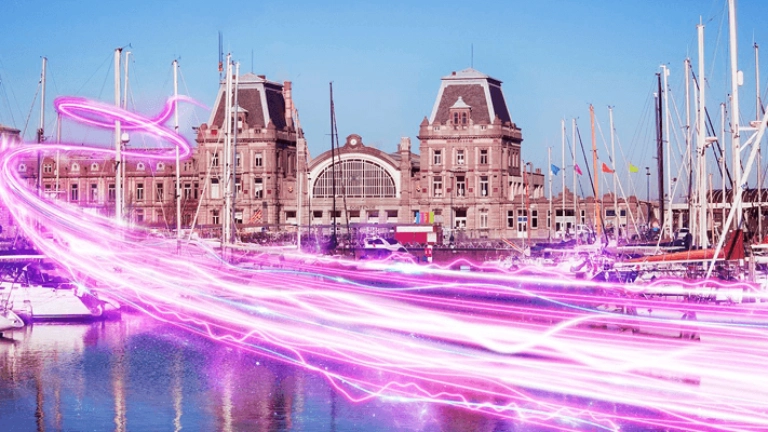
Flanders
In Flanders, Fiberklaar, an affiliate of Proximus, is deploying fiber in medium-dense cities
Fiberklaar’s goal is to connect 1.5 million homes and businesses in Flanders by 2028.
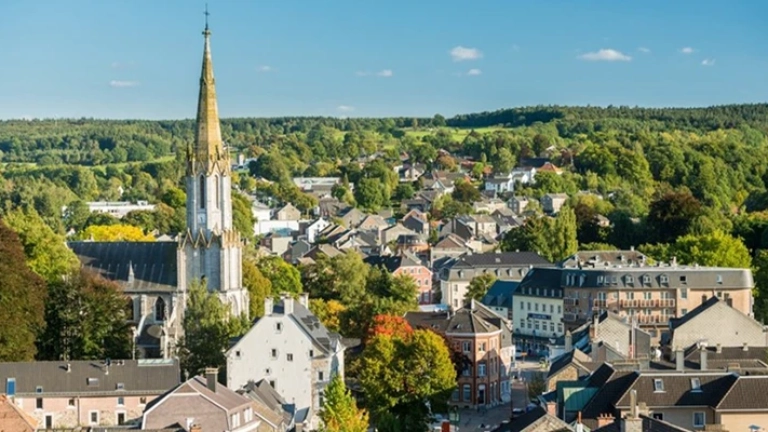
German-Speaking Community
We set up a JV called “Glasfaser Ostbelgien”, a public-private partnership with the German-speaking Community and Ethias.
Its objective is to connect almost all of the 40.000 homes and businesses in this region, including in the so-called “white zones” .
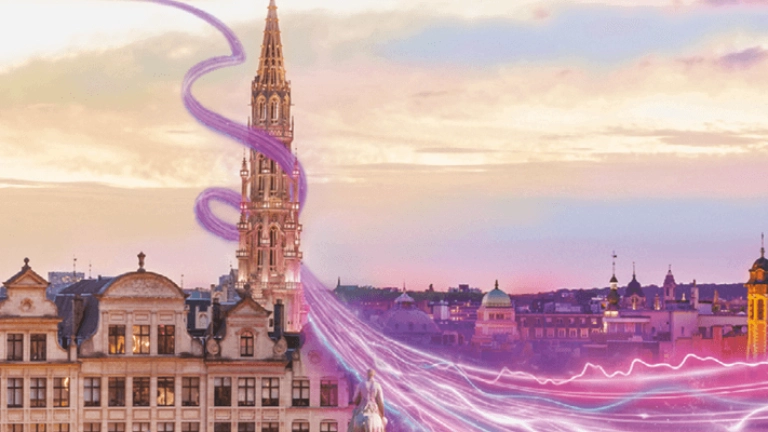
Brussels
We continue to accelerate our fiber roll-out in Brussels with the goal of covering the entire Brussels Capital Region in the coming years.
So far we offer Fiber to our customers in over 175 cities.
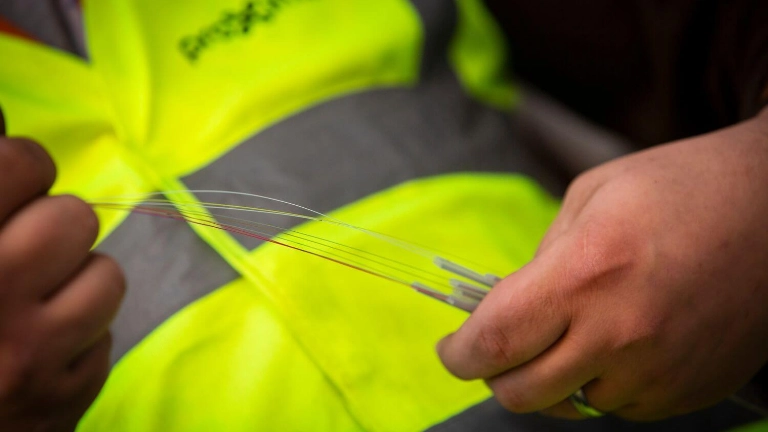
The fast pace of fiber deployment and adoption allows us to consider decommissioning our copper in the future and, as such, to be in a position to realize substantial savings in terms of power consumption and maintenance, and avoid having to replace this ageing technology.
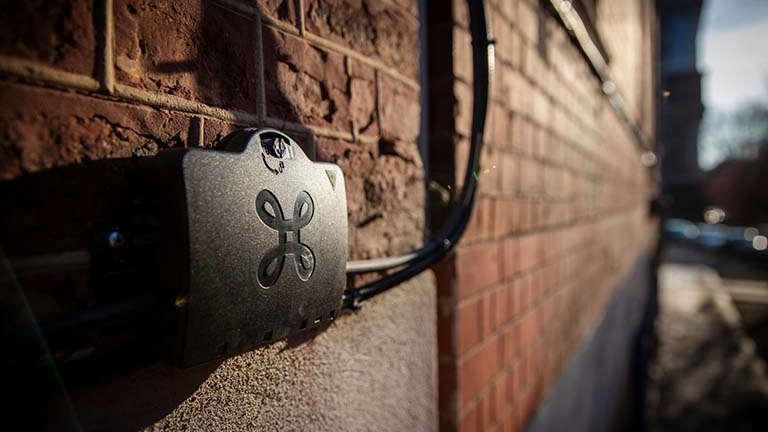
White zones
There are still areas in Belgium where people do not benefit from high-speed Internet (speeds above 30 Mbit/s), so-called “white zones”. Those zones are primarily located in rural areas or areas with low population density across Wallonia. There, traditional cable laying is either too expensive or not an option. Proximus is therefore constantly looking for new alternatives combining fiber with other technologies to improve connectivity. By using technologies such as aerial fiber installation, optical nodes connected via radio links and 4G modems, 96,6% of residents in these areas had access to high-speed Internet (> 30 Mbit/s) at the end of 2024. Thanks to GoFiber, the partnership with Ethias and the German-speaking Community, nearly all white zones in this region will disappear, with fiber available to almost all 40,000 homes and businesses by end 2026.
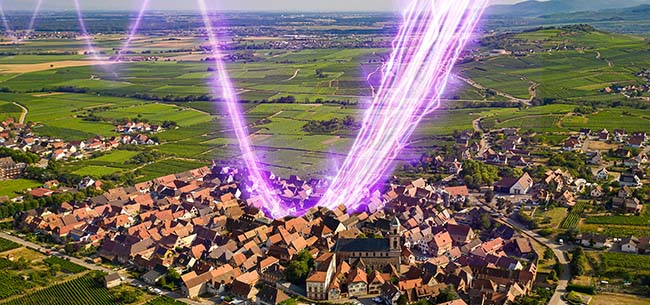
Our expert technicians and partners


